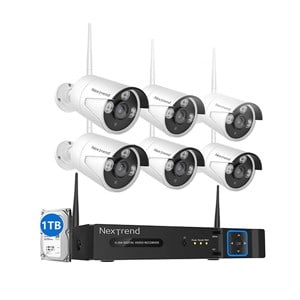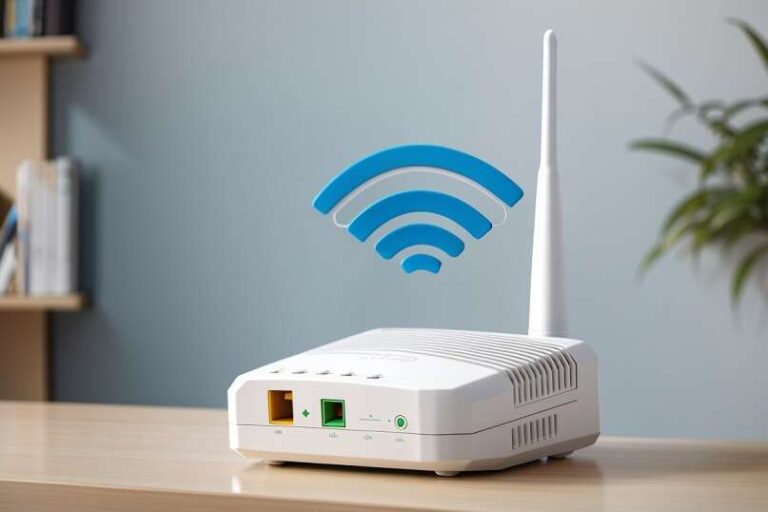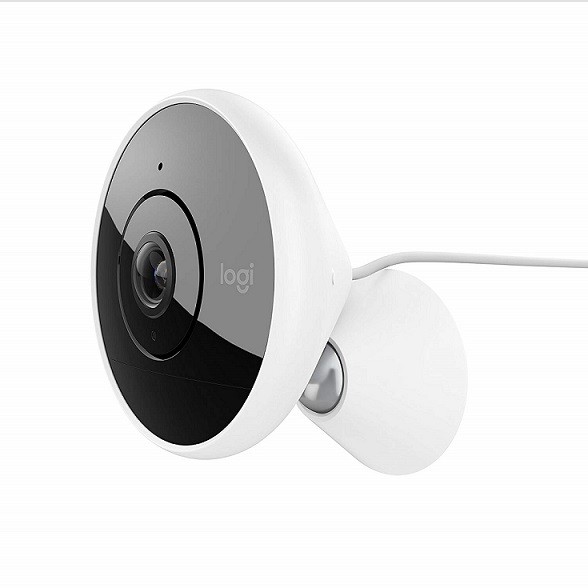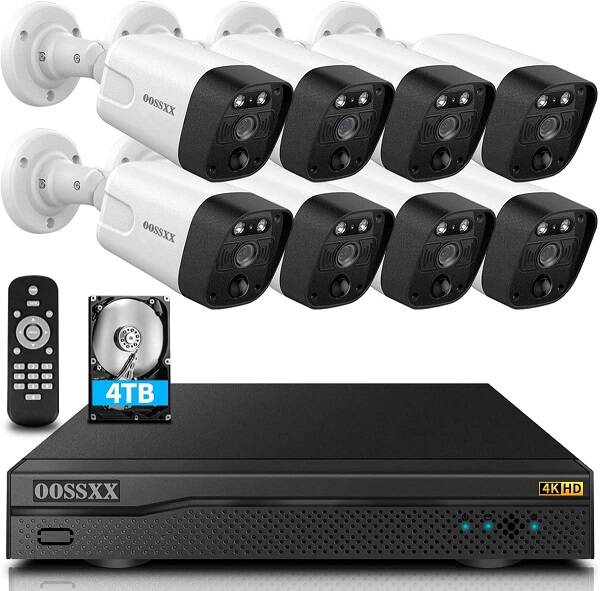Borescope vs Endoscope: What’s the Difference?
When it comes to inspecting hard-to-reach areas of machinery, pipelines, and other equipment, borescopes and endoscopes are two commonly used tools. Although they share some similarities, there are key differences between the two that are important to understand before deciding which one to use for a particular job.
In this article, we’ll explore the differences between borescopes and endoscopes, their respective uses, and the benefits and drawbacks of each.

- Introduction
- What is a Borescope?
- Types of Borescopes
- How does a Borescope Work?
- Applications of Borescopes
- Advantages of Borescopes
- Disadvantages of Borescopes
- What is an Endoscope?
- Types of Endoscopes
- How does an Endoscope Work?
- Applications of Endoscopes
- Advantages of Endoscopes
- Disadvantages of Endoscopes
- Borescope vs. Endoscope: What’s the Difference?
- Conclusion
- FAQs
Introduction
Both borescopes and endoscopes are tools that allow you to see inside hard-to-reach areas. They are widely used in a variety of industries, including automotive, aviation, manufacturing, and healthcare. While they share some similarities, they have different features, functionalities, and applications. In this article, we’ll discuss what borescopes and endoscopes are, how they work, their respective advantages and disadvantages, and which one to use for different purposes.
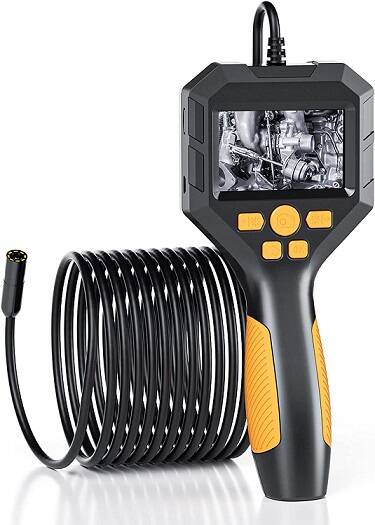
What is a Borescope?
A borescope is a flexible or rigid optical device that allows you to inspect narrow and deep areas that are difficult to access with the naked eye. It consists of a camera at the tip of a long tube, an eyepiece or display unit, and often a light source. Borescopes come in different lengths, diameters, and angles, depending on the specific application. They can be used for visual inspection, measurement, recording, and analysis.
Types of Borescopes
- Rigid Borescopes: These have a straight, fixed tube and are ideal for inspecting linear passages and pipes.
- Flexible Borescopes: These have a bendable tube and are useful for inspecting curved and angled passages.
- Video Borescopes: These have a camera at the tip and a display unit, allowing you to view the inspection in real-time and record the footage.
- Fiberscopes: These use a bundle of optical fibers to transmit the image from the tip to the eyepiece or display unit.
How does a Borescope Work?
A borescope works by transmitting the image of the object being inspected from the tip of the tube to the eyepiece or display unit. The camera at the tip captures the image, which is then transmitted via optical fibers or electronic means. Some borescopes also have a light source at the tip to illuminate the object being inspected. The image can be viewed in real-time, recorded, or analyzed using specialized software.
Applications of Borescopes
Borescopes are used in a wide range of industries and applications, including:
- Automotive: Inspecting engines, transmissions, and other components
- Aviation: Inspecting aircraft engines, wings, and fuel systems
- Manufacturing: Inspecting pipes, tanks, and other equipment
- Oil and Gas: Inspecting pipelines, tanks, and wells
- Construction: Inspecting walls, foundations
Advantages of Borescopes
- Access to hard-to-reach areas: Borescopes allow you to inspect areas that are inaccessible with the naked eye or traditional inspection methods.
- Non-destructive: Borescopes do not require disassembling or damaging the equipment being inspected, which can save time and money.
- Real-time viewing: Video borescopes provide immediate visual feedback, allowing you to make on-the-spot decisions and adjustments.
- High-quality images: Borescopes can capture high-resolution images and videos that can be analyzed and shared with others.
Disadvantages of Borescopes
- Limited field of view: Borescopes can only capture a small area at a time, which may require multiple inspections to get a complete picture.
- Limited depth of field: Borescopes have a limited depth of field, which can make it difficult to focus on objects that are at different distances.
- Fragility: Borescopes are delicate instruments that can be easily damaged if not handled carefully.
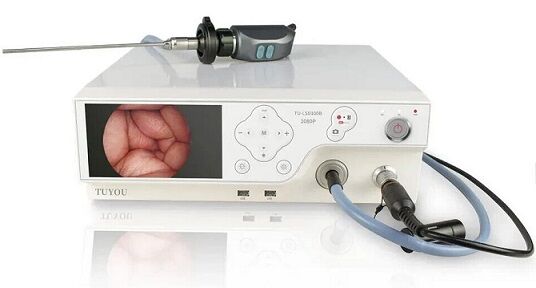
What is an Endoscope?
An endoscope is a medical device used to inspect internal organs and cavities, such as the digestive tract, respiratory system, and urinary tract. It consists of a flexible or rigid tube with a camera at the tip, a light source, and sometimes additional instruments for performing biopsies or surgeries. Endoscopes are used for diagnosis, treatment, and monitoring of various medical conditions.
Types of Endoscopes
- Gastrointestinal Endoscopes: These are used to inspect the esophagus, stomach, and intestines.
- Bronchoscopes: These are used to inspect the lungs and airways.
- Cystoscopes: These are used to inspect the bladder and urinary tract.
- Laparoscopes: These are used for minimally invasive surgeries, such as appendectomy and gallbladder removal.
- Arthroscopes: These are used to inspect and treat joint conditions.
How does an Endoscope Work?
An endoscope works by transmitting the image of the internal organs or cavities to the eyepiece or display unit. The camera at the tip captures the image, which is then transmitted via optical fibers or electronic means. The light source at the tip illuminates the area being inspected, and additional instruments can be inserted through the tube for biopsy or surgery.
Applications of Endoscopes
Endoscopes are primarily used in healthcare settings for diagnosis, treatment, and monitoring of various medical conditions, including:
- Gastrointestinal disorders: such as ulcers, polyps, and cancers
- Respiratory disorders: such as asthma, bronchitis, and lung cancer
- Urinary disorders: such as urinary tract infections, bladder cancer, and kidney stones
- Joint disorders: such as arthritis, torn ligaments, and cartilage damage
Advantages of Endoscopes
- Non-invasive: Endoscopes allow for inspection and treatment without the need for open surgery, reducing the risk of complications and recovery time.
- High accuracy: Endoscopes provide high-quality images and enable precise diagnosis and treatment.
Disadvantages of Endoscopes
- Limited applications: Endoscopes are primarily used for medical purposes and cannot be used for non-medical inspections.
- Expensive: Endoscopes can be costly, especially high-end models with advanced features.
- Fragility: Endoscopes are delicate instruments that can be easily damaged if not handled carefully.
- Invasive: Although less invasive than traditional surgeries, endoscopic procedures still require insertion of the tube into the body, which can cause discomfort or complications in some patients.
Borescope vs. Endoscope: What’s the Difference?
While both borescopes and endoscopes use similar technology and share some similarities, there are significant differences between the two.
Borescopes are typically used for industrial inspections, while endoscopes are used for medical inspections. Borescopes have a broader range of applications, including inspections of machinery, pipes, and engines, while endoscopes are primarily used for inspections of internal organs and cavities.
Borescopes are often larger and more robust than endoscopes, designed to withstand harsh industrial environments. They are available in both rigid and flexible forms and can capture images and videos of hard-to-reach areas.
Endoscopes are usually smaller and more delicate than borescopes, designed to be inserted into the body through natural orifices or small incisions. They are available in various types and sizes, depending on the area being inspected.
Another significant difference between borescopes and endoscopes is their cost. Borescopes are generally less expensive than endoscopes, which require more sophisticated technology and are subject to more rigorous safety standards.
Conclusion
Borescopes and endoscopes are valuable tools for inspection, diagnosis, and treatment in different industries. While they share some similarities, such as their use of cameras and light sources, they are fundamentally different in their applications, design, and cost. Borescopes are primarily used for industrial inspections, while endoscopes are used for medical inspections. Each tool has its advantages and disadvantages, and the choice between them depends on the specific needs of the user.
FAQs
Are borescopes and endoscopes the same thing?
No, borescopes and endoscopes are different tools with different applications. Borescopes are primarily used for industrial inspections, while endoscopes are used for medical inspections.
What is the cost difference between borescopes and endoscopes?
Borescopes are generally less expensive than endoscopes, which require more sophisticated technology and are subject to more rigorous safety standards.
Can endoscopes be used for industrial inspections?
Endoscopes are primarily designed for medical inspections and may not be suitable for industrial inspections. However, there are some specialized endoscopes that can be used for certain industrial applications.
What are the advantages of using a borescope for inspection?
Borescopes offer access to hard-to-reach areas, provide real-time viewing, capture high-quality images, and are non-destructive.
What are the advantages of using an endoscope for medical inspections?
Endoscopes are non-invasive, provide high accuracy, are minimally painful, and have a fast recovery time compared to traditional surgeries.
Other resources:
Best Budget Thermal Imaging Camera
8 Strong Reasons Why You Should Consider Buying A Dash Cam
Best Sewer Camera with Locator
Disclaimer
Certain content that appears on this site comes from Amazon. As an Amazon Associate we earn from qualifying purchases. Read full Disclaimer Here!

